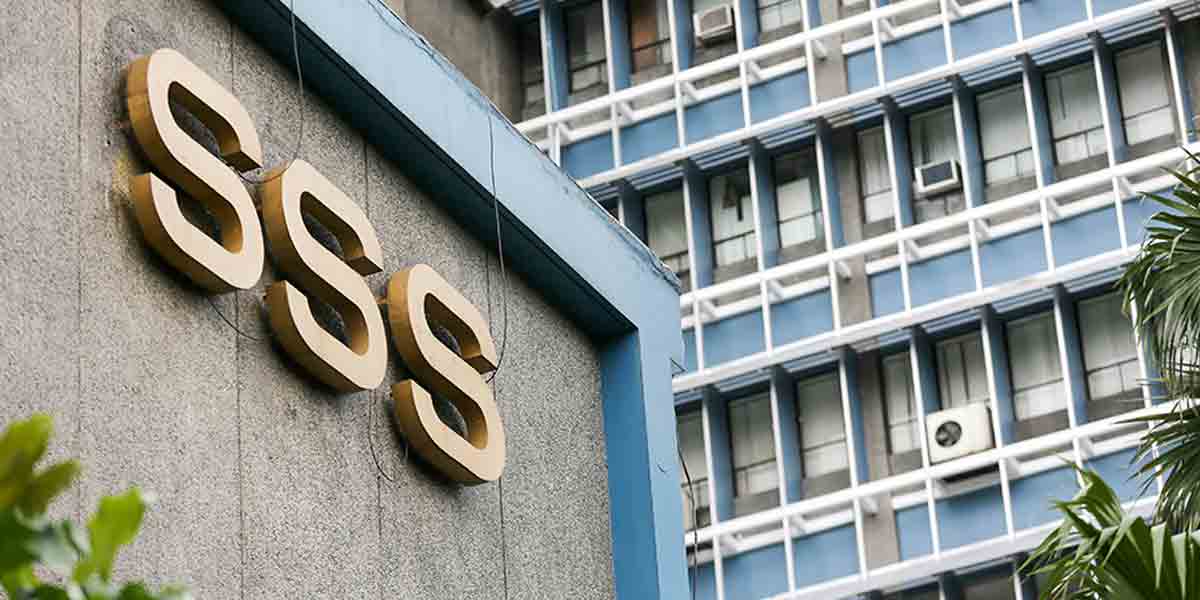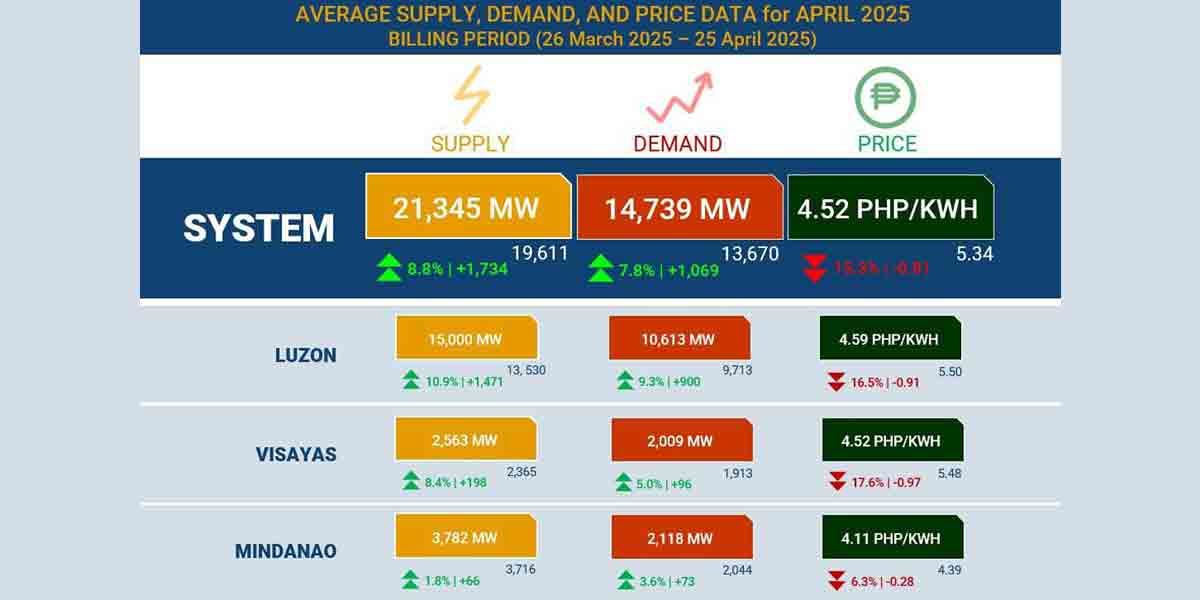The Philippine financial system ended 2024 on a high note, with the Bangko Sentral ng Pilipinas (BSP) reporting ₱391.3 billion in net profits for the country’s banks and a robust expansion in loans and assets, further anchoring economic growth.
According to the BSP’s Report on the Philippine Financial System for the Second Semester of 2024, the banking sector demonstrated sustained growth, sound loan quality, and strong capital buffers, even amid global market uncertainties and high interest rates.
“BSP’s policy reforms and collaboration, alongside improving macroeconomic and industry outlook, have enabled supervised entities to expand and meet Filipinos’ evolving financial needs,” BSP Governor Eli M. Remolona Jr. said. “These efforts support a more resilient financial system.”
As of December 2024, total assets of the Philippine banking system reached ₱27.4 trillion, up 9% year-on-year, while gross loans expanded by 10.6% to ₱15.3 trillion, fueled by consumer demand and an improved economic climate.
Deposits grew by 7% to ₱20.4 trillion, largely in Philippine pesos and from resident accounts, reflecting strong depositor confidence.
Credit to households increased by 24.3%, accounting for nearly 29% of the year’s ₱1.5 trillion loan expansion. Real estate loans topped all sectors with a total of ₱2.8 trillion, followed by consumer loans at ₱3.1 trillion, marking an 18% jump.
Banks also lent heavily to marginalized sectors, including farmers, fisherfolk, and small entrepreneurs. Loans to micro, small, and medium enterprises (MSMEs) reached ₱545.2 billion, while barangay micro business loans more than doubled to ₱115.2 million.
The agriculture, fisheries, and rural development sector saw ₱2.0 trillion in credit allocations—exceeding the 25% legal mandate under Republic Act No. 11901, also known as the Agriculture, Fisheries and Rural Development Financing Enhancement Act.
Despite the credit expansion, the non-performing loan (NPL) ratio remained manageable at 3.3% by end-2024, with banks maintaining a high 96% NPL coverage ratio—meaning most bad loans were well-provided for.
The central bank said this was supported by banks’ sound governance and risk management practices, as well as proactive provisioning strategies.
Consumer loans, including credit card debt and personal loans, also contributed to growth. Credit card receivables alone surged 29.4% to ₱934.7 billion.
Meanwhile, digital transformation helped expand financial inclusion. Digital banks—those operating entirely online—accounted for ₱117.7 billion in assets, showing rapid growth from a low base.
Trust operations also boomed, with total trust assets up 18.6% to ₱7.4 trillion and net profits rising to ₱8.2 billion, bolstered by gains in unit investment trust funds (UITFs) and retirement savings accounts.
Foreign currency deposit units (FCDUs) reported total assets of US$72.4 billion (approx. ₱4.1 trillion), although net income fell 22.3% due to rising funding costs and weaker lending activity abroad.
BSP also highlighted several key reforms in 2024, including enhanced monitoring of anti-money laundering and terrorism financing risks, updated assessment models for pawnshops and money service businesses, and a renewed push for cybersecurity and digital bank expansion.
Looking forward, the central bank signaled it would maintain its gradual policy easing, balancing inflation control with the need to support economic recovery.
“We will continue to take a measured approach in deciding on further monetary easing,” BSP said, citing its goal to ensure a financial system that is “resilient, dynamic, inclusive, and sustainable.”



















